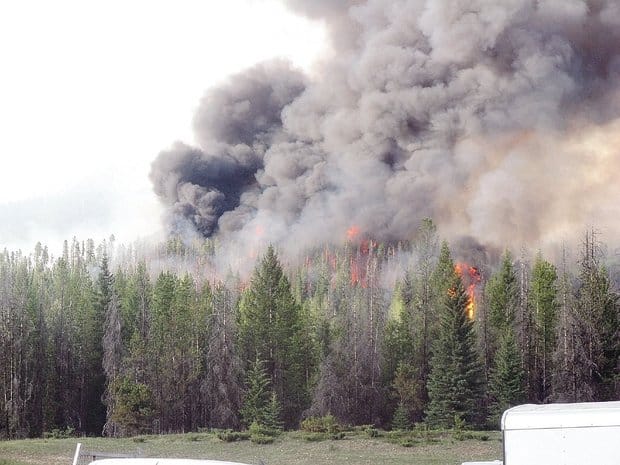A reader who works for the Forest Service sent the below in:
Excerpt from AFRC newsletter. Highlighted is what we are finding….takes longer and is more painful. We find that we have to make LOTS more words and speak and field trips, etc., that never change the outcome on the ground…
Each panel member was given five minutes to present a prepared statement, followed by questions from Kilmer. While many of the panel members expressed positive views of the collaborative process, AFRC expressed caution. Most of the positive views focused on the agreements coming from within the collaborative but not on the actual successful outputs of volume or jobs. AFRC presented the view that collaboratives are a tool to accomplishing the needed management of the federal forests but we see three primary key points for improvement in the process. These points are:
Establishment of specific goals/outcomes using concrete metrics of success, such as number of local jobs created, revenue to local government, and raw materials which fit the needs of local infrastructure. Metrics of success are essential to ensuring there is a focus on economic and social realities, rather than merely emotional satisfying outcomes. All too often the lowest common denominator effect results in projects that are too light touch, uneconomical, and don’t meet the needs of the forest or community.
Collaborative projects should be given some form of insulation from appeals and litigation by obstructionist individuals and groups who choose not to participate in the collaborative process, but can block a project all too easily through litigation.
Collaborative projects should result in lower Forest Service unit costs. Unfortunately, collaboration has largely failed to reduce planning and analysis costs (in fact, the costs have typically been higher). Since approximately 70% of project costs go to environmental review and planning, the Forest Service and Congress must focus on modernizing environmental review and planning requirements so we can actually begin restoring balanced management to these forests. Unless Congress or collaboratives address this issue, Forest Service timber harvests will always be limited by the appropriations the agency receives. In these fiscal times it is highly unlikely the agency will receive additional appropriations to dump into an inefficient system.
I think collaboration is good, but how could it be made more effective? What do you think? Has the Forest Service expected too much from collaborative projects, or been intentionally naive about the behavior of frequent litigants?







